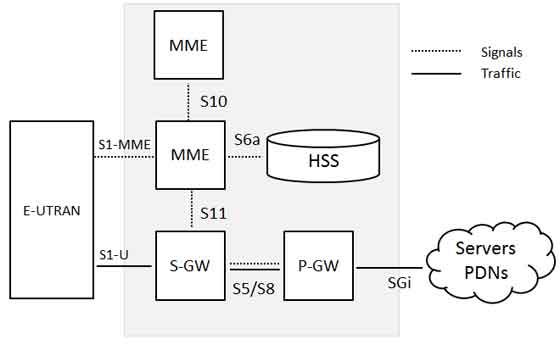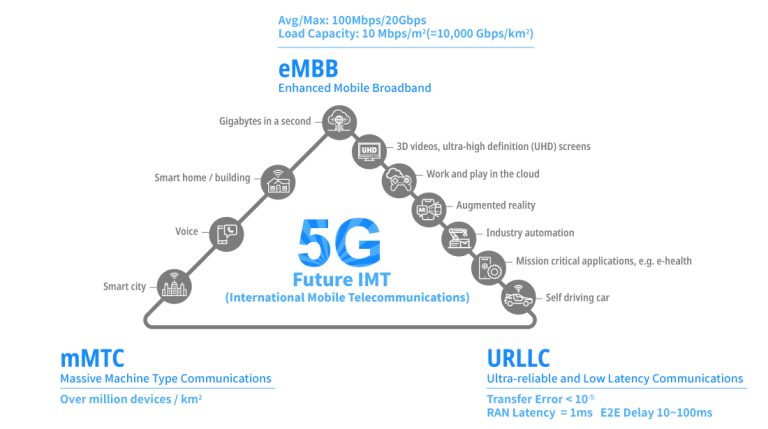LTE Fundamentals: Architecture, Protocols, and Key Features Explained
telcomatraining.com – In today’s fast-paced digital world, seamless and high-speed mobile communication is a necessity. Long-Term Evolution (LTE) has emerged as the leading standard in wireless broadband communication, offering users improved data speeds, lower latency, and reliable connectivity. This article delves into the fundamentals of LTE by exploring its architecture, key protocols, and the features that make it a vital component of modern mobile networks.
What is LTE?
LTE, or Long-Term Evolution, is a 4G wireless communication standard developed by the 3rd Generation Partnership Project (3GPP). It was designed to improve mobile broadband experiences and provide a transition from older technologies such as GSM and UMTS. LTE achieves high data rates and enhanced network capacity, enabling faster downloads, smoother streaming, and better overall performance for mobile users.
LTE Architecture Overview
The LTE network architecture is designed to be simpler and more efficient than previous generations. It consists of two main components:
- Evolved Packet Core (EPC)
The EPC is the core network responsible for managing data sessions, mobility, and access control. Its primary elements include:- MME (Mobility Management Entity): Manages signaling, authentication, and mobility.
- SGW (Serving Gateway): Routes and forwards user data packets.
- PGW (Packet Data Network Gateway): Connects users to external IP networks like the internet.
- HSS (Home Subscriber Server): Stores user subscription and profile data.
- Evolved Universal Terrestrial Radio Access Network (E-UTRAN)
The E-UTRAN handles radio communications between the mobile device and the network. It consists of:- eNodeB (Evolved Node B): The LTE base station responsible for radio transmission, scheduling, and handovers. Unlike earlier technologies, LTE integrates control and data functions directly into the eNodeB, simplifying the architecture.
LTE Protocol Stack
LTE’s protocol stack is essential for ensuring efficient communication between user equipment (UE) and the network. It is divided into control and user planes:
Control Plane Protocols
These manage signaling and network operations:
- NAS (Non-Access Stratum): Handles mobility, session management, and authentication.
- RRC (Radio Resource Control): Manages radio bearer setup, measurement reporting, and handover control.
User Plane Protocols
These deal with the actual transmission of user data:
- PDCP (Packet Data Convergence Protocol): Provides header compression and encryption.
- RLC (Radio Link Control): Ensures error correction and flow control.
- MAC (Medium Access Control): Manages access to the physical layer.
- PHY (Physical Layer): Handles actual signal transmission over the air.
Key Features of LTE
LTE introduces several innovations that improve network performance and user experience:
1. High Data Rates
LTE supports peak download speeds of up to 300 Mbps and upload speeds of up to 75 Mbps, depending on network configuration and spectrum availability.
2. Low Latency
LTE significantly reduces latency to as low as 10 milliseconds, enabling real-time applications like online gaming and video conferencing.
3. Scalable Bandwidth
LTE can operate on various bandwidths ranging from 1.4 MHz to 20 MHz, allowing operators to deploy it across different frequency bands.
4. Support for MIMO
Multiple Input Multiple Output (MIMO) technology uses multiple antennas to increase data throughput and spectral efficiency.
5. IP-Based Architecture
LTE is fully IP-based, allowing for seamless integration with internet applications and services. This architecture also simplifies network design and reduces costs.
Conclusion
LTE has revolutionized mobile communications by providing faster data speeds, lower latency, and a more efficient network architecture. By understanding its fundamentals—architecture, protocols, and features—you can appreciate how LTE forms the backbone of today’s mobile networks and lays the foundation for future innovations like 5G.
As the demand for high-speed mobile connectivity continues to grow, LTE remains a critical technology that enables robust and scalable communication for millions of users worldwide.







